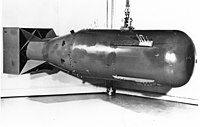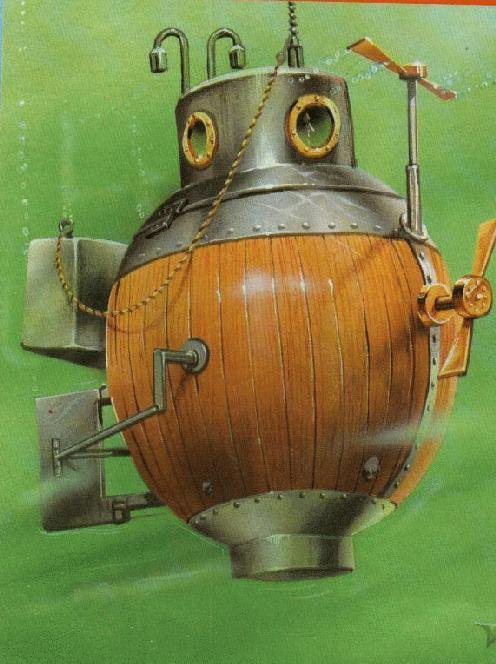


The atomic bombings of Hiroshima and Nagasaki were the first nuclear attacks at the end of World War II against the Empire of Japan by the United States at the order of U.S. President Harry S. Truman on August 6 and 9, 1945. After six months of intense firebombing of 67 other Japanese cities, the nuclear weapon "Little Boy" was dropped on the city of Hiroshima on Monday, August 6, 1945, followed on August 9 by the detonation of the "Fat Man" nuclear bomb over Nagasaki. These are to date the only attacks with nuclear weapons in the history of warfare.
The bombs killed as many as 140,000 people in Hiroshima and 80,000 in Nagasaki by the end of 1945, roughly half on the days of the bombings. Since then, thousands more have died from injuries or illness attributed to exposure to radiation released by the bombs. In both cities, the overwhelming majority of the dead were civilians.
Six days after the detonation over Nagasaki, on August 15, Japan announced its surrender to the Allied Powers, signing the Instrument of Surrender on September 2, officially ending the Pacific War.
All the wars will surely end in a bad result for any one of the two fighting countries… But this war(Pacific war) made the whole world become sad after the nuclear bomb drop in Japan…… Lets hope there will be no wars here after…
Info about bomb dropped on Hiroshima...
The release at 08:15 (Hiroshima time) was uneventful, and the gravity bomb known as "Little Boy", a gun-type fission weapon with 60 kg (130 pounds) of uranium-235, took 57 seconds to fall from the aircraft to the predetermined detonation height about 600 meters (1,900 ft) above the city. Due to crosswind, it missed the aiming point, the Aioi Bridge, by almost 800 feet and detonated directly over Shima Surgical Clinic. It created a blast equivalent to about 13 kilotons of TNT. (The U-235 weapon was considered very inefficient, with only 1.38% of its material fissioning.) The radius of total destruction was about 1.6 km (1 mile), with resulting fires across 11.4 km² (4.4 square miles).
Info about bomb dropped on Nagasaki...
On the morning of August 9, 1945, the U.S. B-29 Superfortress Bockscar, flown by the crew of 393rd Squadron commander Major Charles W. Sweeney, carried the nuclear bomb code-named "Fat Man", with Kokura as the primary target and Nagasaki the secondary target.

















